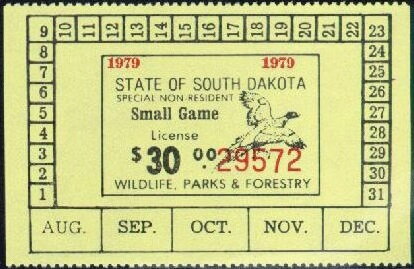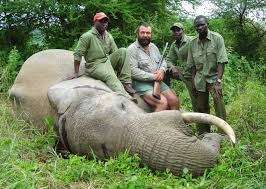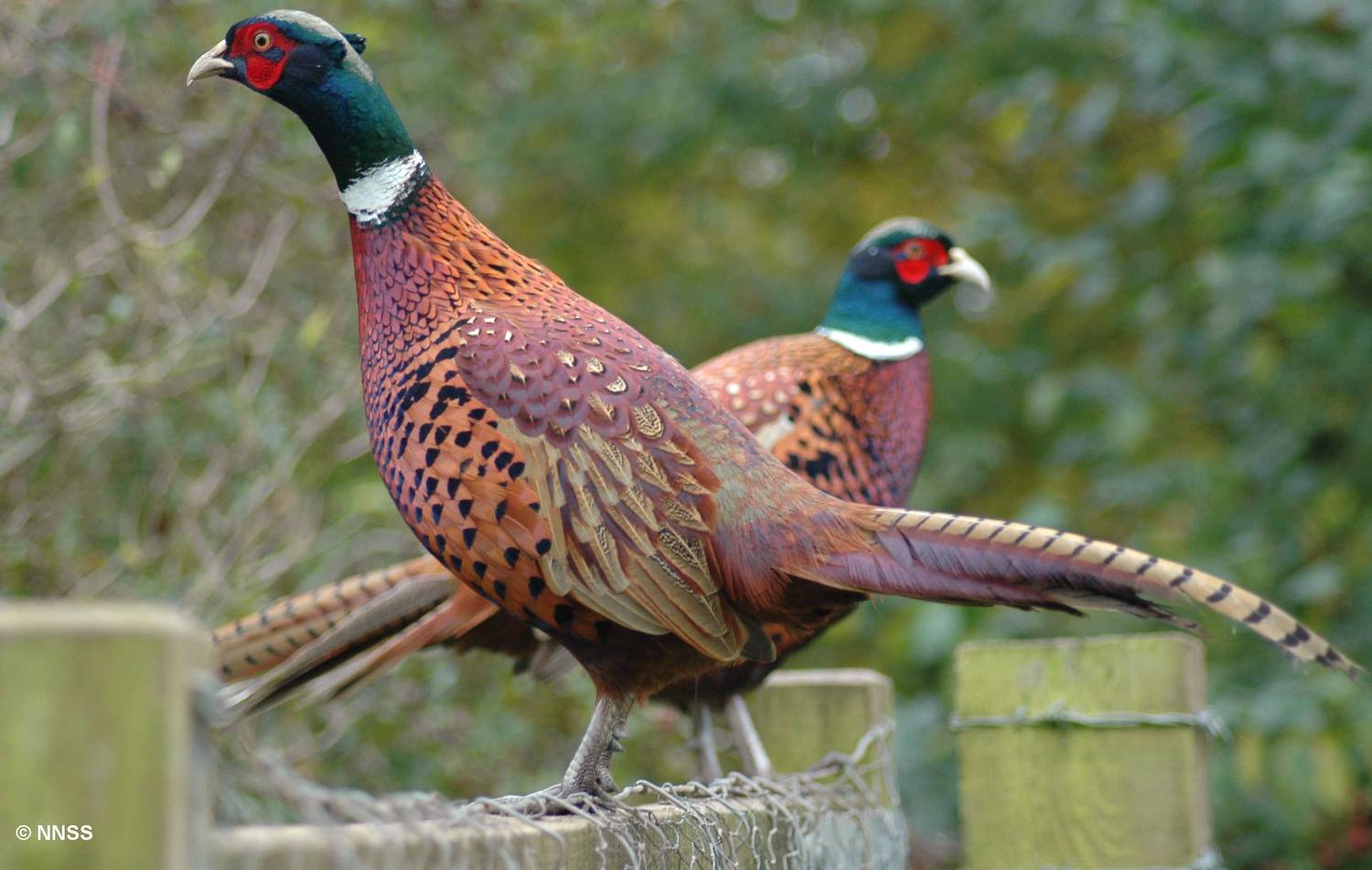Stamp: Pheasant (South Dakota (SD) 1979)
Pheasant (South Dakota (SD) 1979)
01 January (South Dakota (SD) ) within release Small Game License Stamps goes into circulation Stamp Pheasant face value 30 United States dollar
| Stamp Pheasant in catalogues | |
|---|---|
| Colnect codes: | Col: US-SD SGL1979-02 |
Stamp is square format.
Non-Resident Small Game License With unique serial numberAlso in the issue Small Game License Stamps:
- Stamp - Pheasant face value 30;
- Stamp - Resident Small Game License face value 3;
|
Data entry completed
53%
|
|
|---|---|
| Stamp Pheasant in digits | |
| Country: | South Dakota (SD) |
| Date: | 1979-01-01 |
| Paper: | yellow |
| Emission: | Hunting Permit |
| Format: | Stamp |
| Face Value: | 30 United States dollar |
Stamp Pheasant it reflects the thematic directions:
Animals are multicellular, eukaryotic organisms of the kingdom Animalia (also called Metazoa). All animals are motile, meaning they can move spontaneously and independently, at some point in their lives. Their body plan eventually becomes fixed as they develop, although some undergo a process of metamorphosis later on in their lives. All animals are heterotrophs: they must ingest other organisms or their products for sustenance.
Birds (Aves), a subgroup of Reptiles, are the last living examples of Dinosaurs. They are a group of endothermic vertebrates, characterised by feathers, toothless beaked jaws, the laying of hard-shelled eggs, a high metabolic rate, a four-chambered heart, and a strong yet lightweight skeleton. Birds live worldwide and range in size from the 5 cm (2 in) bee hummingbird to the 2.75 m (9 ft) ostrich. They rank as the class of tetrapods with the most living species, at approximately ten thousand, with more than half of these being passerines, sometimes known as perching birds. Birds are the closest living relatives of crocodilians.
Hunting is the human practice of seeking, pursuing, capturing, or killing wildlife or feral animals. The most common reasons for humans to hunt are to exploit the animal's body for meat and useful animal products (fur/hide, bone/tusks, horn/antler, etc.), for recreation/taxidermy (see trophy hunting), although it may also be done for non-exploitative reasons such as removing predators dangerous to humans or domestic animals (e.g. wolf hunting), to eliminate pests and nuisance animals that damage crops/livestock/poultry or spread diseases (see varminting), for trade/tourism (see safari), or for ecological conservation against overpopulation and invasive species.
Pheasants (/ˈfɛzənts/ FEH-zənts) are birds of several genera within the family Phasianidae in the order Galliformes. Although they can be found all over the world in introduced (and captive) populations, the pheasant genera's native range is restricted to Eurasia. The classification "pheasant" is paraphyletic, as birds referred to as pheasants are included within both the subfamilies Phasianinae and Pavoninae, and in many cases are more closely related to smaller phasianids, grouse, and turkey (formerly classified in Perdicinae, Tetraoninae, and Meleagridinae) than to other pheasants




